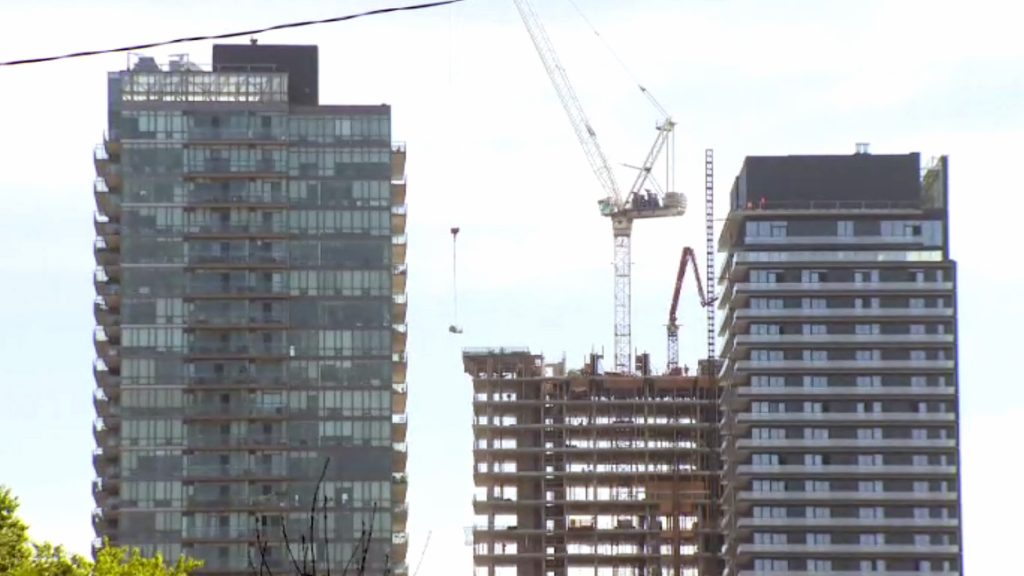The City of Toronto is advancing an ambitious housing strategy aimed at constructing over one million homes around transit stations. This plan is designed to significantly increase urban density and is expected to bring numerous new residents to neighborhoods adjacent to transit hubs.
On Thursday, during a technical briefing held at City Hall, Mayor Olivia Chow and the city’s newlyappointed Chief Planner Jason Thorne detailed the implications of changes in density and maximum building heights around 120 transit stations. Mayor Chow emphasized the prospective benefits of increased density, stating, “You are about to get more neighbours. It will revitalize the area.” She explained that the buildings will vary in height, with taller structures situated close to the transit stations, gradually stepping down to shorter buildings in surrounding areas.
The new housing initiative, which received provincial approval in August, has the aspiration of unlocking 1.5 million homes over the next 25 years. The city aims to streamline the development process by eliminating the need for site-specific official plan amendments and rezoning applications for many projects that currently face these requirements. Chief Planner Thorne remarked on the ongoing active pipeline of building projects and noted that, moving forward, the goal is to simplify approvals for new developments.
Despite the optimistic outlook, there is anticipation of pushback from residents, particularly in certain parts of the city where the changes could be more dramatic. Mayor Chow stressed the urgency in addressing the housing crisis, asserting, “Change is coming, we have to tackle the housing crisis head-on. We absolutely have to build more homes that people can afford, faster.”
Before the plan is implemented, it requires approval from City Council. Councillor Paula Fletcher expressed some dissatisfaction with the proposal, emphasizing that historical discussions have highlighted the necessity for any extra density to include affordable housing options. She advocated for a balanced approach, stating, “I’m not that happy because over and over again we’ve said if we’re going to put extra density, put more affordable, have a mix – 30 per cent, where everyday people can move in.” Fletcher underscored the critical importance of affordable housing in the current climate and found it surprising that such considerations weren't more central to the proposed changes.
Furthermore, there is skepticism among industry professionals regarding the planning department's potential to adapt. Planning consultant Sean Galbraith from Galbraith & Associates highlighted the uncertainty, stating, “It remains to be seen. They will have to accept things they would not have accepted in the past. Time will tell.” This indicates that while the city is eager to push forward with its development agenda, the effectiveness of its implementation remains to be fully realized.
The City's initiative represents significant progress toward addressing pressing housing needs while optimizing urban development near transportation infrastructure. The upcoming decisions by City Council will be pivotal in determining the future landscape of housing in Toronto as it embarks on this transformative path.












